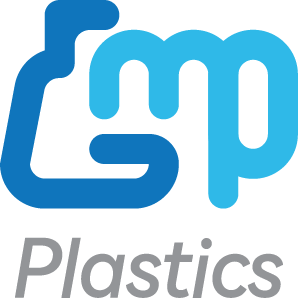Hey there, science lovers! 🚀 Ever had a swab shoved up your nose or down your throat at the doctor’s office? Not the most pleasant experience, right? But have you ever wondered why these tests are done this way? And what’s really happening when a swab collects a sample?
Well, get ready to dive deep (literally) into the world of nasopharyngeal and oropharyngeal swabs—the superheroes of respiratory infection testing! 🦸♂️🔬
What Are Nasopharyngeal & Oropharyngeal Swabs?
Nasopharyngeal (NP) and oropharyngeal (OP) swabs are specialized medical tools used to collect samples from the nose and throat. They’re designed to reach the areas where respiratory viruses and bacteria love to hang out, making them essential for diagnosing infections like flu, strep throat, and COVID-19.
🔬 Nasopharyngeal Swab (NP Swab) – The Deep Dive!
- Where it goes: All the way up your nasal cavity, reaching the upper part of your throat (the nasopharynx).
- What it’s used for: Detecting viruses like COVID-19, influenza, and RSV.
- How it feels: Like a ticklish, slightly uncomfortable brain poke. 😅
🩺 Oropharyngeal Swab (OP Swab) – The Classic Throat Test!
- Where it goes: The back of your throat (oropharynx)—the area behind your tongue.
- What it’s used for: Diagnosing strep throat, tonsillitis, and respiratory infections.
- How it feels: A little gag-inducing, but over in seconds!
Both tests are crucial in identifying harmful pathogens before they spread further. But why these specific locations? The answer lies in how infections work!
Why Do We Swab These Areas?
When you breathe, airborne viruses and bacteria enter through your nose and mouth. Some of them make themselves right at home in the nasopharynx and oropharynx, the upper areas of your throat and nasal cavity. These regions are moist, warm, and perfect for microbial growth—meaning they’re the best places to detect an infection early!
🔬 Why NP & OP Swabs Work Best:
✅ High viral/bacterial load – Pathogens accumulate here before spreading deeper into the lungs.
✅ More accurate results – Swabbing at the source increases the chances of detecting infections.
✅ Early detection – Catch illnesses before they get worse or spread to others!
A simple throat or nasal swab can mean the difference between early treatment and a misdiagnosed infection.
Step-by-Step: How a Nasal or Throat Swab Test Works
Ever wondered what’s happening when a nurse or doctor swabs your nose or throat? Let’s break it down!
👃 How a Nasopharyngeal Swab is Done:
1️⃣ Tilt your head back – This straightens the nasal passage for easy access.
2️⃣ Insert the swab – A thin, flexible swab is inserted gently but deeply into one nostril.
3️⃣ Reach the nasopharynx – The swab goes far back, collecting mucus and cells from the upper throat.
4️⃣ Rotate and remove – The swab is twirled for a few seconds before being pulled out.
5️⃣ Store and transport – The swab is placed into a vial with special transport media to keep the sample fresh.
🧠 Fun Fact: The NP swab doesn’t actually touch your brain—it just feels like it! The nasopharynx is close to the base of your skull, which is why it’s so sensitive!
👅 How an Oropharyngeal Swab is Done:
1️⃣ Open wide and say "Ahh" – This helps expose the back of your throat.
2️⃣ Swab the oropharynx – A swab is gently rubbed over the tonsils and throat to collect mucus.
3️⃣ Avoid the tongue – Touching the tongue can contaminate the sample.
4️⃣ Store and transport – Just like the NP swab, it’s sealed in a transport tube for lab testing.
💡 Pro Tip: If you’re getting a throat swab, breathe through your nose—it helps reduce the gag reflex!





